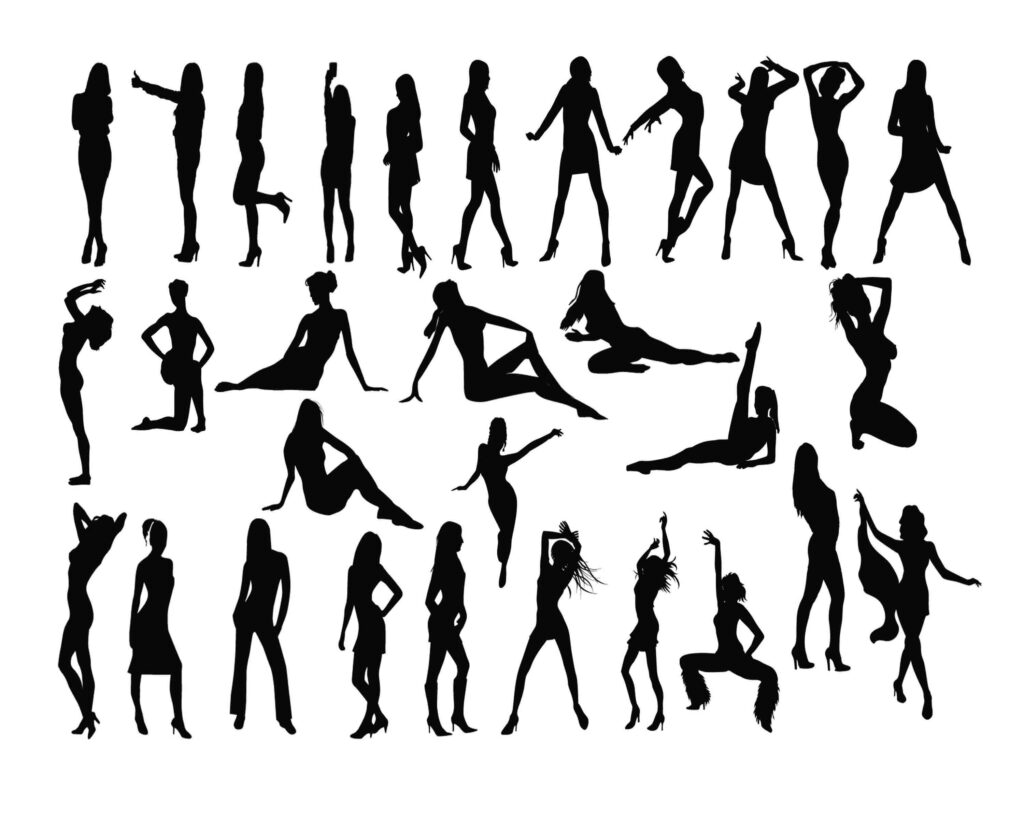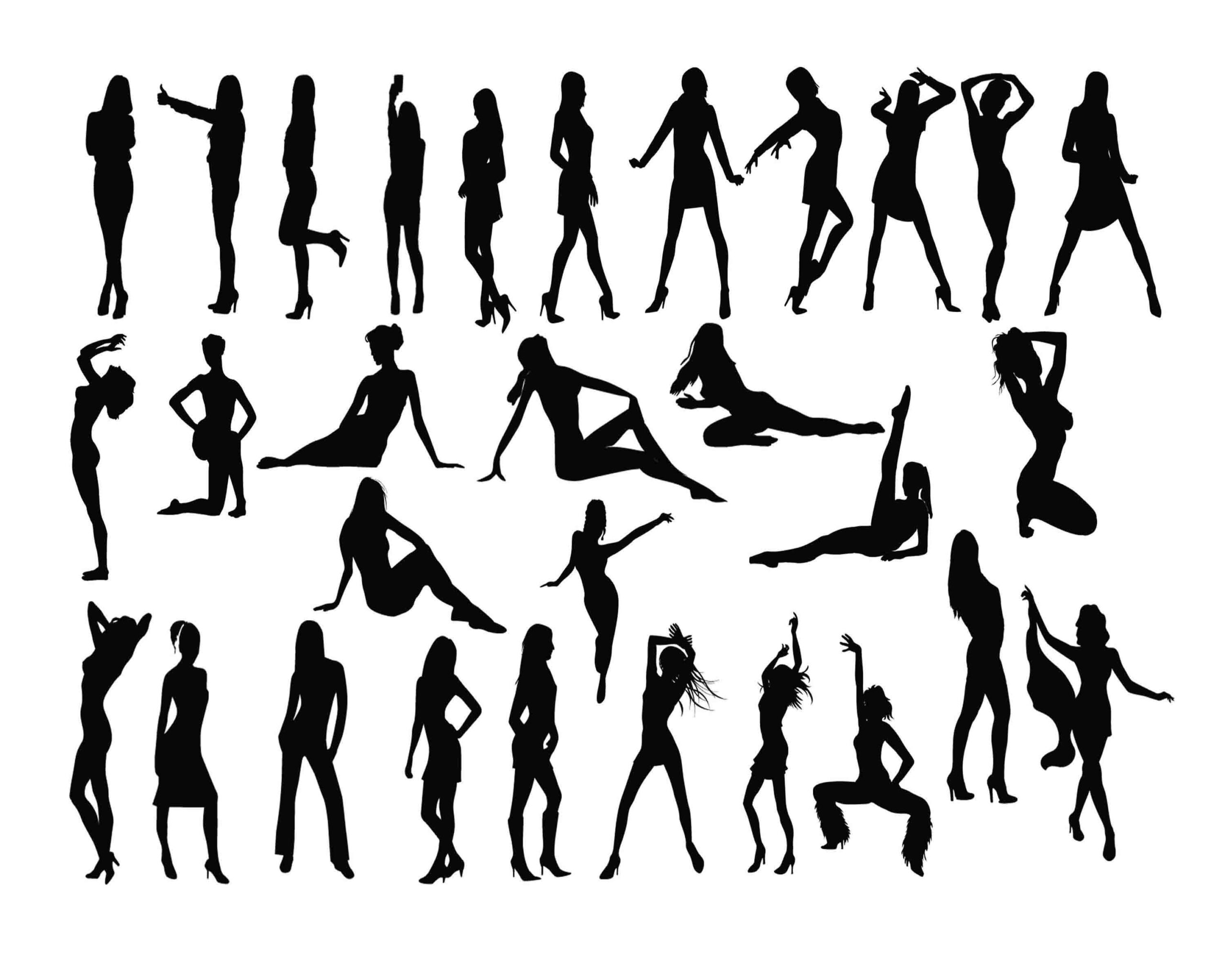
Beyond the Gaze: Understanding the Portrayal of Sexy Women in Modern Media
The term “sexy women” is ubiquitous in modern media, from advertising and entertainment to social media platforms. However, the portrayal of sexy women is often complex and multifaceted, raising questions about representation, objectification, and the evolving standards of beauty and empowerment. This article aims to delve deeper into understanding how sexy women are portrayed, the cultural impact of these portrayals, and the ongoing conversations surrounding these representations.
Historical Context of “Sexy Women” Representation
Throughout history, the depiction of women’s sexuality has been shaped by societal norms, cultural values, and power dynamics. In early art and literature, portrayals often ranged from idealized figures of virtue and motherhood to seductive temptresses. The advent of mass media in the 20th century, including film, magazines, and television, significantly amplified these representations. Early Hollywood often presented sexy women as glamorous stars, but also sometimes reinforced stereotypical roles and limited portrayals of women’s agency. These images have evolved over time, influenced by changing social attitudes, feminist movements, and increasing awareness of diversity and inclusivity.
The Male Gaze and Its Influence
The concept of the “male gaze,” coined by feminist film critic Laura Mulvey, is crucial to understanding how sexy women are often portrayed in media. The male gaze describes the way women are depicted from a masculine, heterosexual perspective, often objectifying them and reducing them to their physical attributes. This perspective can perpetuate unrealistic beauty standards and reinforce the idea that women’s value is primarily based on their appearance. Critics argue that the male gaze limits women’s agency and reduces them to objects of desire, rather than portraying them as complex individuals with their own desires, ambitions, and experiences. The prevalence of the male gaze has prompted ongoing discussions about the need for more diverse and empowering representations of women in media, particularly those that challenge traditional stereotypes and celebrate women’s individuality.
Advertising and the Commodification of “Sexy Women”
Advertising frequently employs images of sexy women to sell products, ranging from fashion and beauty items to cars and alcohol. These advertisements often capitalize on the association between sex appeal and consumerism, suggesting that purchasing a particular product will enhance one’s attractiveness or desirability. The commodification of sexy women in advertising can contribute to the objectification of women and reinforce unrealistic beauty standards. Critics argue that these advertisements often perpetuate harmful stereotypes and contribute to a culture where women’s value is primarily based on their physical appearance. Some companies are now attempting to shift away from overtly sexualized advertising, focusing instead on empowering and inclusive messages that celebrate women’s individuality and achievements. [See also: Body Positivity in Advertising]
The Role of Social Media and “Sexy Women”
Social media platforms have significantly altered the landscape of representation, providing women with greater control over their own narratives and images. Platforms like Instagram, TikTok, and YouTube have allowed women to showcase their sexuality on their own terms, challenging traditional media portrayals and reclaiming their agency. Many women use social media to express their confidence, celebrate their bodies, and connect with like-minded individuals. However, social media also presents challenges, including the pressure to conform to beauty standards, the prevalence of cyberbullying and harassment, and the potential for exploitation. The rise of influencer culture has also led to the commodification of personal image, with many influencers using their sex appeal to gain followers and secure lucrative brand deals. Navigating these complexities requires a critical awareness of the potential pitfalls and a commitment to promoting positive and empowering representations of sexy women.
Challenging Stereotypes and Promoting Empowerment
In recent years, there has been a growing movement to challenge traditional stereotypes and promote more empowering representations of sexy women in media. This movement is driven by feminist activists, artists, and media creators who are committed to showcasing diverse perspectives and celebrating women’s individuality. They advocate for portrayals that go beyond physical appearance and highlight women’s intelligence, strength, and agency. Initiatives like the #MeToo movement have also played a significant role in raising awareness about sexual harassment and abuse, leading to greater accountability in the entertainment industry and a renewed focus on creating safer and more respectful work environments for women. By challenging harmful stereotypes and promoting positive representations, these efforts aim to create a more equitable and empowering media landscape for all women.
The Evolving Definition of “Sexy Women”
The definition of what constitutes a “sexy women” is constantly evolving, shaped by changing social attitudes, cultural values, and individual preferences. While traditional media often promotes narrow beauty standards, there is a growing recognition of the diversity of beauty and the importance of celebrating all body types, ethnicities, and identities. Body positivity movements have gained momentum, encouraging women to embrace their natural beauty and reject unrealistic expectations. This shift towards inclusivity and acceptance is reflected in media portrayals, with more diverse and authentic representations of women appearing in advertising, film, and television. As society continues to evolve, the definition of sexy women will likely become even more inclusive and multifaceted, reflecting the rich tapestry of human experience.
The Importance of Representation and Diversity
Representation and diversity are crucial for creating a more equitable and empowering media landscape. When sexy women are portrayed in a variety of roles and contexts, it allows for a more nuanced understanding of their experiences and challenges traditional stereotypes. Diverse representation also ensures that women from different backgrounds and identities feel seen and valued, fostering a sense of belonging and empowerment. Media creators have a responsibility to prioritize representation and diversity in their work, ensuring that their portrayals accurately reflect the complexity and richness of women’s lives. By showcasing diverse perspectives and challenging harmful stereotypes, they can contribute to a more inclusive and equitable society. [See also: Diversity and Inclusion in Film and Television]
The Impact on Young Women and Girls
The portrayal of sexy women in media has a significant impact on young women and girls, shaping their self-esteem, body image, and understanding of their own sexuality. When young women are constantly bombarded with images of unrealistic beauty standards, they may develop feelings of inadequacy and insecurity. These feelings can lead to a range of negative consequences, including eating disorders, anxiety, and depression. It is essential for parents, educators, and media creators to promote positive and empowering messages that challenge harmful stereotypes and encourage young women to embrace their individuality. By fostering critical media literacy skills and promoting healthy self-esteem, we can help young women navigate the complexities of media representation and develop a positive sense of self.
Moving Forward: A Call for Responsible Representation
As we move forward, it is essential to advocate for responsible representation of sexy women in media. This includes challenging harmful stereotypes, promoting diversity and inclusivity, and prioritizing women’s agency and empowerment. Media creators have a responsibility to be mindful of the impact of their work and to create portrayals that are respectful, authentic, and empowering. Consumers can also play a role by supporting media that promotes positive representations and by speaking out against harmful stereotypes. By working together, we can create a media landscape that celebrates the diversity and complexity of women’s lives and fosters a more equitable and empowering society for all. The ongoing conversation surrounding the portrayal of sexy women is critical for ensuring that media representations are fair, accurate, and empowering, reflecting the diverse experiences and perspectives of women in the 21st century. Let’s strive to create a world where every woman feels seen, valued, and empowered to embrace her own unique beauty and sexuality. The portrayal of “sexy women” should move beyond superficial objectification to celebrate strength, intelligence, and individuality. The discussion about “sexy women” needs to be framed within the context of empowerment and respect. We must ensure that the representation of “sexy women” does not perpetuate harmful stereotypes. The media should strive to portray “sexy women” in diverse and authentic ways. It’s time to redefine what it means to be “sexy women” in the modern world. The term “sexy women” should be associated with confidence and self-acceptance. We need to challenge the traditional notions of what defines “sexy women”. The future of representation for “sexy women” is in inclusivity and empowerment. The portrayal of “sexy women” should reflect their multifaceted identities. Let’s celebrate the diverse beauty of “sexy women” in all its forms. The conversation around “sexy women” should be about respect and admiration. The media needs to be more responsible in how it portrays “sexy women”. The definition of “sexy women” should be determined by the individual, not society. It is important to promote positive and empowering images of “sexy women”.

